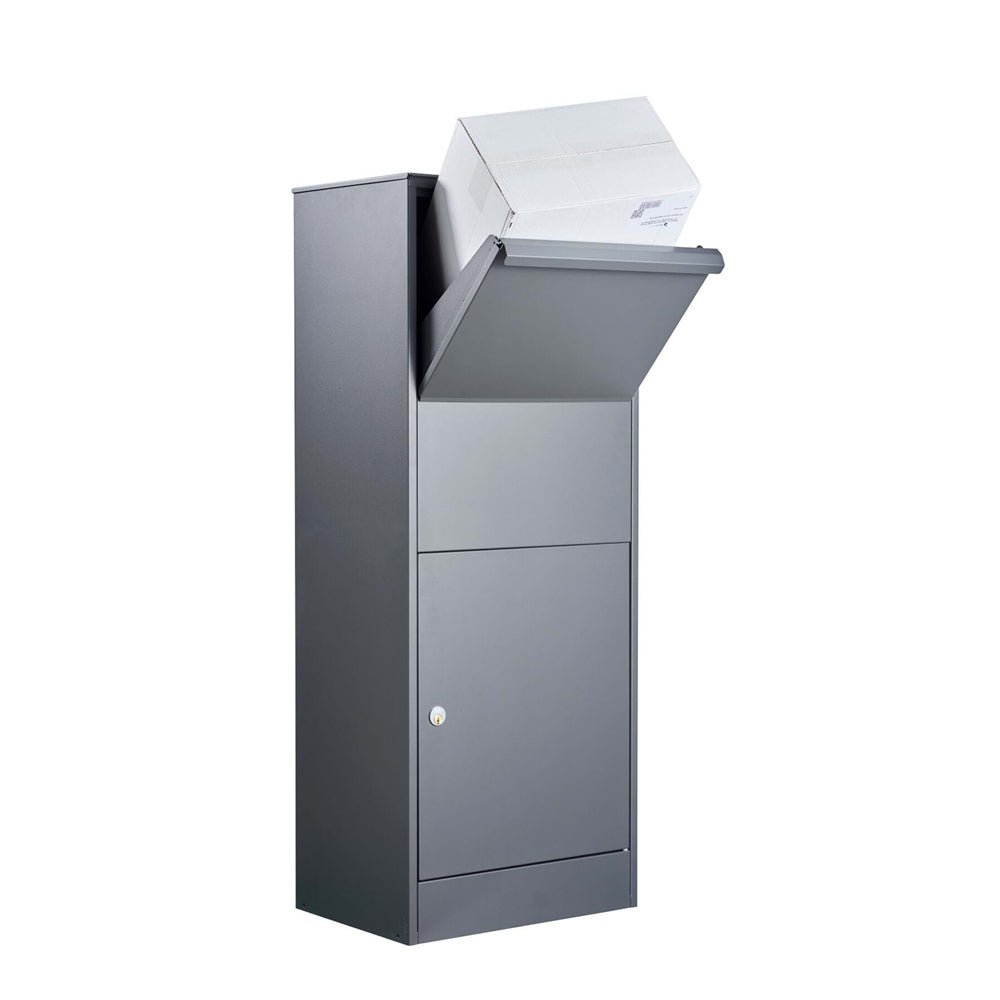
How to Reduce Parcel Shipping Cost
How to Reduce Parcel Shipping Costs
The UK leads the way when it comes to online retail. E-commerce start-ups are being established every week and consumers enjoy the choice and convenience offered with virtual shopping. At Letterbox Supermarket, we focus on letterbox security, but in this article, we switch our focus. How can you cut the financial and environmental costs of packing and dispatching?
Minimising Shipping Costs
E-commerce retailers and their customers all want to receive their orders promptly, yet it is important to keep shipping costs to a minimum, how is this possible?
We suggest four steps to minimise shipping costs:
- Researching couriers
- Knowing the parcel size categories
- Opting for customised packaging
- Provide collection options
Research Courier Options
There are plenty of UK couriers, so don’t just go with the first option that springs to mind. The volume of packages, the distance they need to travel, weight, dimensions and timing can all impact prices. Be clear about what you need and don’t be afraid to negotiate to get a better deal.
Large Letter or Small Parcel - Know the Parcel Sizes
The first step in cutting the cost of parcel delivery is knowing the size and weight limits for packages. These details are available from your courier. Sometimes a small change to your packaging design or packing process can be all it takes to alter the shipping cost.
As an example, a t-shirt might be flat-packed into a slim, letterbox-friendly box with less than 2.5cm depth. This would currently cost £2.39 to send by Royal Mail, first-class. If you rolled the same item and put it into a rectangular box, it would cost £3.85 to send. That is quite a difference, especially when multiplied by the number of goods you ship each month.
Slimline packages are also more convenient for the recipient, as they can be posted through the letterbox or into a lockable post box. No need to collect it from neighbours or the sorting office if they are not in!
Optimise Packaging Design
If you think it is cheaper to buy standard boxes and pack them with fillers, you could be mistaken. Customised packaging design focuses on optimising both presentation and the protection of your goods in transit, without fillers. This cuts costs in three main ways:
- No filler material required – financially and environmentally beneficial
- A more efficient packing process
- Not paying over the odds for a larger-than-necessary box – smaller boxes reduce shipping costs and mean fewer vehicles on the road making deliveries, which cuts carbon emissions
As consumers are getting more frustrated by packaging waste, optimised packaging design also increases the likelihood of positive brand association, good reviews and repeat purchases!
Good packaging design can also make it viable for returns to be sent back in the same box. This is convenient for the buyer and reusing boxes is a good move environmentally. As we’re talking returns, does your e-commerce business have an external secure mailbox for any packages that are making their way back to you? For convenience and security, it’s an idea worth looking into!
Provide Collection Options
Not every order is being sent to distant locations. Some of your customers may live just around the corner. By providing the option of free collection from your premises (or a local collection point) you give the customers choice and avoid paying for unnecessary shipping.
Shipping Costs
According to Baymard Institute research, high extra costs (typically shipping) are the main cause of cart abandonment. By following our suggestions to keep your delivery charges low, we hope you can encourage more shoppers to place their orders.
If you’d like to find out more about installing a parcel letterbox at your premises, our friendly team can help you select the right option for your requirements.
